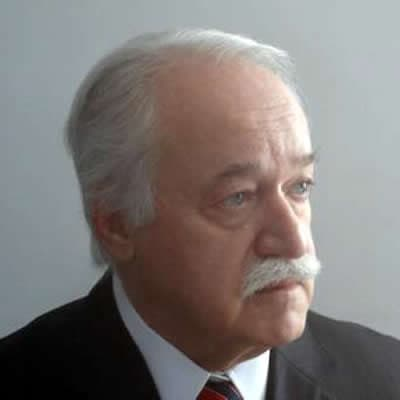Selected Papers from the 7th International Conference from Scientific Computing to Computational Engineering (IC-SCCE 2016)
A special issue of Computation (ISSN 2079-3197). This special issue belongs to the section "Computational Engineering".
Deadline for manuscript submissions: closed (15 December 2016) | Viewed by 50066
Special Issue Editor
Interests: mechatronics; unsteady boundary layers; separation; vortex-induced vibrations; active control; noise; vibrations; health monitoring; structures; human response; modeling; artificial neural networks; multiobjective optimization; genetic algorithms; expert systems; artificial intelligence
Special Issues, Collections and Topics in MDPI journals
Special Issue Information
Dear Colleagues,
The 7th International Conference from Scientific Computing to Computational Engineering (IC-SCCE) will be held 6–9 July, 2016, at the Divani Caravel Hotel in Athens, Greece. For more information about the conference, please visit the conference website ( www.scce.gr).
Selected papers, presented at the conference and included in the conference proceedings will be considered for inclusion in the Special Issue. The authors of the selected papers will be notified by the Conference Chairman to submit their papers to this Special Issue of the journal Computation after the conference, the latest by 15 December 2016, if they so wish. Submitted papers could be extended, from their conference size, by a minimum of 50% to include new results, if any. All submitted papers will undergo the Journal’s standard peer-review procedure. Accepted papers will be published in Open Access format in Computation and collected together in this Special Issue website. There are no page/publication charges for this journal.
As there are no publication charges for this journal, please prepare and format your paper according to the Instructions for Authors. Use the LaTeX or Microsoft Word template file of the journal (both are available from the Instructions for Authors page). Manuscripts should be submitted online via the susy.mdpi.com editorial system.
Prof. Dr. Demos Tsahalis
Guest Editor
Manuscript Submission Information
Manuscripts should be submitted online at www.mdpi.com by registering and logging in to this website. Once you are registered, click here to go to the submission form. Manuscripts can be submitted until the deadline. All submissions that pass pre-check are peer-reviewed. Accepted papers will be published continuously in the journal (as soon as accepted) and will be listed together on the special issue website. Research articles, review articles as well as short communications are invited. For planned papers, a title and short abstract (about 100 words) can be sent to the Editorial Office for announcement on this website.
Submitted manuscripts should not have been published previously, nor be under consideration for publication elsewhere (except conference proceedings papers). All manuscripts are thoroughly refereed through a single-blind peer-review process. A guide for authors and other relevant information for submission of manuscripts is available on the Instructions for Authors page. Computation is an international peer-reviewed open access monthly journal published by MDPI.
Please visit the Instructions for Authors page before submitting a manuscript. The Article Processing Charge (APC) for publication in this open access journal is 1800 CHF (Swiss Francs). Submitted papers should be well formatted and use good English. Authors may use MDPI's English editing service prior to publication or during author revisions.





